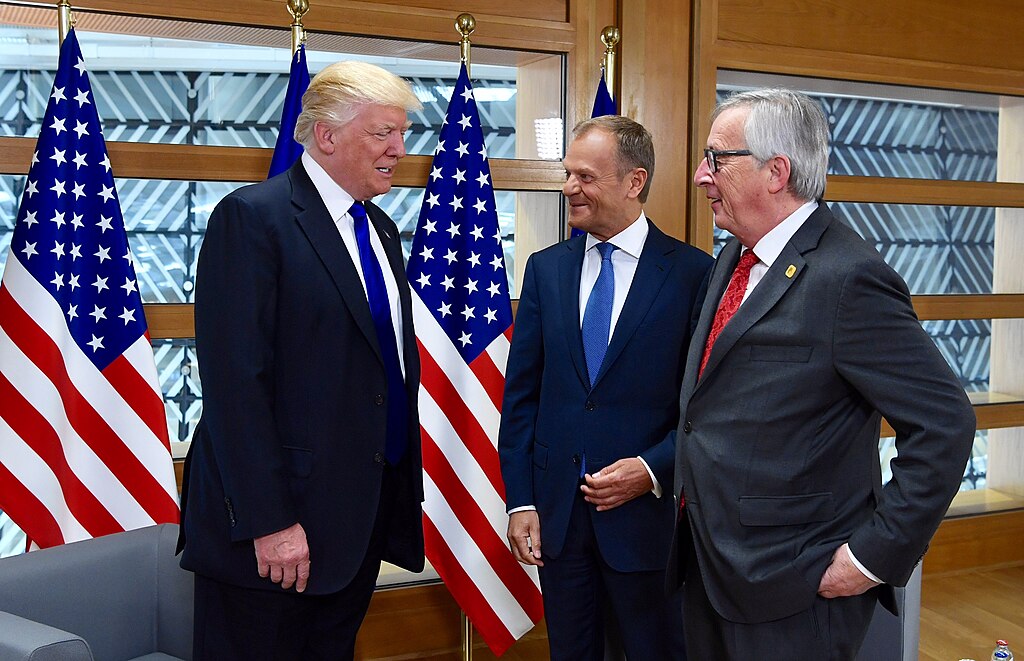Former President Donald Trump is set to introduce sweeping changes to student loan policies in 2025, stirring significant debate among borrowers and policymakers alike. The proposed reforms, outlined as part of his broader education agenda, aim to overhaul repayment structures and shift the financial burden from taxpayers to individual borrowers.
Proposed Changes and Implications
Trump’s policy changes reportedly include the elimination of certain income-driven repayment plans, stricter enforcement of loan repayment timelines, and potentially ending federal forgiveness programs like Public Service Loan Forgiveness (PSLF). These changes could significantly alter the landscape for millions of borrowers who rely on such programs to manage their student debt.
One of the more controversial aspects of the proposed policies is the introduction of a fixed repayment cap based on a borrower's income but with stricter penalties for late payments. Critics argue this would disproportionately affect lower-income individuals who are already struggling to make ends meet. Supporters of the plan, however, view it as a long-overdue step toward addressing the nation’s $1.8 trillion student loan debt crisis.
According to Trump’s transition team, the changes are intended to “streamline the student loan process” and “ensure fairness for all taxpayers.” However, details on how these reforms will be implemented remain sparse, leaving borrowers and financial experts with unanswered questions.
Reactions and Controversy
The policy announcement has sparked fierce backlash, with many arguing that it prioritizes financial institutions over struggling students. Critics claim that these measures could exacerbate financial inequality and disproportionately harm those in public service professions who rely on PSLF.
Advocates of the changes argue that federal forgiveness programs have incentivized reckless borrowing and that the reforms are necessary to restore balance to the system. Trump’s campaign has also framed the policies as a push for personal accountability, urging students to "think critically" about the debt they accrue for higher education.
Netizens React
Social media has been flooded with reactions, both supportive and critical, reflecting the deeply polarizing nature of the issue:
- @DebtFreeDreams: "This will ruin lives. Some of us depend on PSLF to make our careers sustainable."
- @FairTaxGuy: "Finally! Why should taxpayers foot the bill for someone else’s college degree?"
- @StudentLoanHell: "Trump’s policies will just push more people into financial despair. It’s not a solution."
- @HardworkingMom: "I paid my loans without forgiveness. Everyone else should too. This isn’t charity!"
- @EduEquality2025: "This policy is a disaster waiting to happen. Students deserve better than this."
- @FiscalReformer: "Trump is addressing the real issue—unsustainable borrowing. Colleges need to lower tuition costs."
The Bigger Picture
As the details of Trump’s student loan policies emerge, the debate underscores the growing tension between financial accountability and support for struggling borrowers. While proponents argue the changes are a step toward fiscal responsibility, critics warn of dire consequences for millions of Americans carrying student debt.
With these sweeping changes slated for 2025, many borrowers are left wondering how they will navigate an increasingly uncertain financial future. Advocates and opponents alike await further clarification on Trump’s plans, but one thing is clear: the controversy surrounding student loans is far from over.



 Pentagon Probe Finds Hegseth’s Use of Signal Risked Exposing Sensitive Yemen Strike Details
Pentagon Probe Finds Hegseth’s Use of Signal Risked Exposing Sensitive Yemen Strike Details  Trump Administration Tightens H-1B Visa Vetting With New Focus on Free Speech and Censorship
Trump Administration Tightens H-1B Visa Vetting With New Focus on Free Speech and Censorship  Taiwan Signals Openness to Renew Ties with Honduras as Election Unfolds
Taiwan Signals Openness to Renew Ties with Honduras as Election Unfolds  Australia and Japan Strengthen Defence Cooperation Amid Rising Regional Tensions
Australia and Japan Strengthen Defence Cooperation Amid Rising Regional Tensions  UN General Assembly Demands Russia Return Ukrainian Children Amid Ongoing Conflict
UN General Assembly Demands Russia Return Ukrainian Children Amid Ongoing Conflict  China Urged to Prioritize Economy Over Territorial Ambitions, Says Taiwan’s President Lai
China Urged to Prioritize Economy Over Territorial Ambitions, Says Taiwan’s President Lai  U.S. Justice Department Orders Intensified Probe Into Antifa and Domestic Extremist Groups
U.S. Justice Department Orders Intensified Probe Into Antifa and Domestic Extremist Groups  IMF Deputy Dan Katz Visits China as Key Economic Review Nears
IMF Deputy Dan Katz Visits China as Key Economic Review Nears  Israel Receives Body of Deceased Hostage as Rafah Crossing Reopening Hinges on Final Returns
Israel Receives Body of Deceased Hostage as Rafah Crossing Reopening Hinges on Final Returns  Maduro Confirms “Respectful” Call With Trump, Signals Openness to Diplomatic Dialogue
Maduro Confirms “Respectful” Call With Trump, Signals Openness to Diplomatic Dialogue  Trump Administration Halts Immigration, Green Card, and Citizenship Processing for 19 Countries
Trump Administration Halts Immigration, Green Card, and Citizenship Processing for 19 Countries  U.S. Defense Chief Pete Hegseth Defends Controversial Second Strike on Suspected Drug-Smuggling Vessel
U.S. Defense Chief Pete Hegseth Defends Controversial Second Strike on Suspected Drug-Smuggling Vessel  New Orleans Immigration Crackdown Sparks Fear as Federal Arrests Intensify
New Orleans Immigration Crackdown Sparks Fear as Federal Arrests Intensify  China’s Expanding Maritime Military Presence Alarms Taiwan and Japan
China’s Expanding Maritime Military Presence Alarms Taiwan and Japan  Trump’s Name Appears on U.S. Institute of Peace Ahead of Rwanda–Congo Deal Signing
Trump’s Name Appears on U.S. Institute of Peace Ahead of Rwanda–Congo Deal Signing  U.S. Expected to Expand Travel Ban to More Than 30 Countries
U.S. Expected to Expand Travel Ban to More Than 30 Countries  Drones Spotted Near Zelenskiy’s Flight Path in Ireland Trigger Security Alert
Drones Spotted Near Zelenskiy’s Flight Path in Ireland Trigger Security Alert 




























